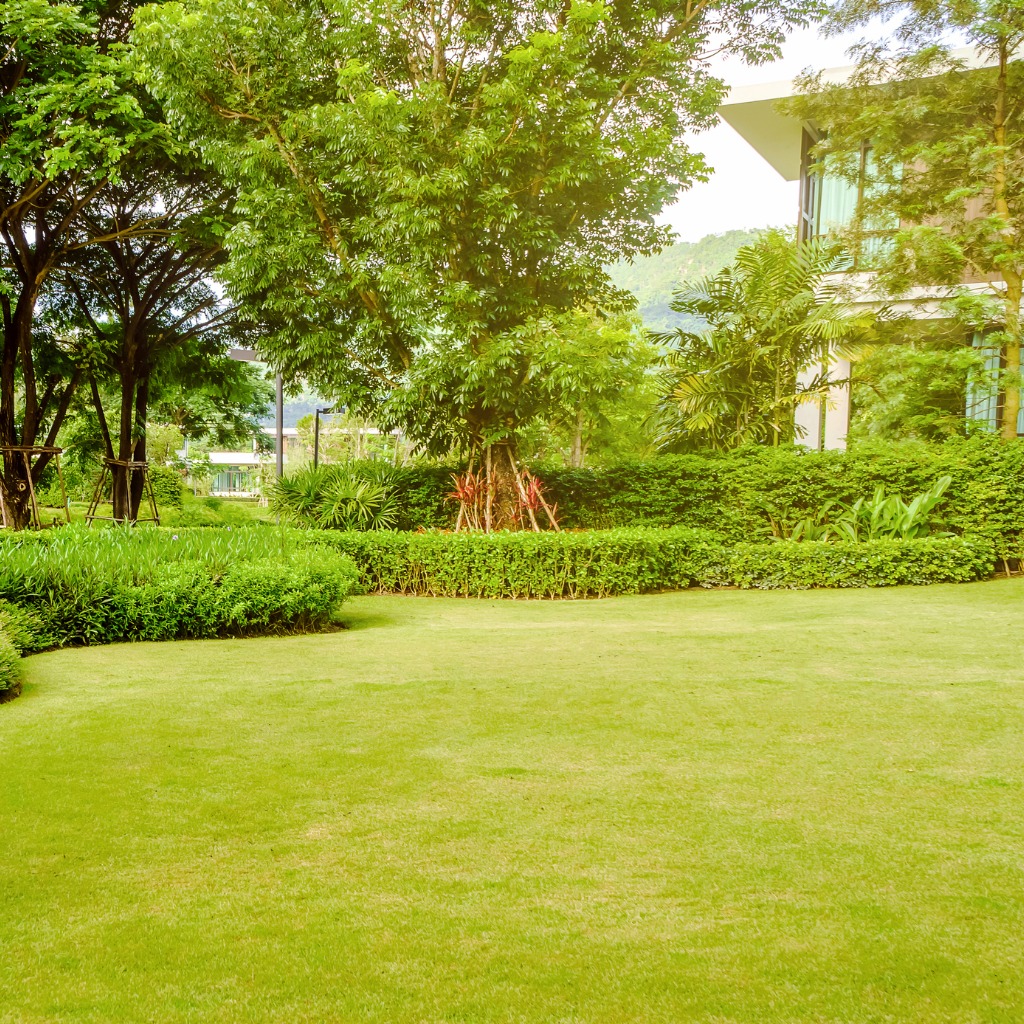A healthy green lawn not only provides a lush and beautiful foundation for landscaping, it also plays a significant role in cleaning the air we breathe. Through a process called photosynthesis, grasses absorb carbon dioxide from the air and store the carbon in the soil. Recent studies have shown that lawns can actually absorb twice as much carbon from the air and store it in the soil in one year, as a tree can do in 10 years.
Too much carbon dioxide in the atmosphere traps solar heat, which in turn causes global temperatures to rise. So by absorbing carbon dioxide (CO2) from the air, a healthy lawn is actually helping to fight climate change.

It all begins with a healthy lawn. The challenge is, how to hydrate grasses thoroughly, keep plants thriving, and still conserve water during drought conditions. When there is too much irrigation, plant roots deep beneath the ground surface will drown. With too little irrigation, grasses will dry up and die.
Simply turning on the sprinkler system on a timer doesn’t guarantee that plant roots beneath the ground surface are getting the proper amount of hydration to keep plants and grasses above ground healthy. Watering too frequently on a timer when plant roots don’t need more hydration will result in sodden root systems, and wasteful water run-off above ground.
The simple solution is to direct water to where it’s needed most, in the root zone. Here’s where smart irrigation and Soil Moisture Sensors can take charge. Embedded deep in the soil around the root zone, sensitive Soil Moisture Sensors will send a high frequency pulse of electricity down an embedded wire path to the Smart Irrigation Controller, transmitting how much moisture is in the root zone, and if more hydration is needed—no more, no less. These sensitive Soil Moisture Sensors can take readings within ± 3 percent of the actual volumetric soil moisture content, which allows for the best possible irrigation decisions from the Smart Controller.

